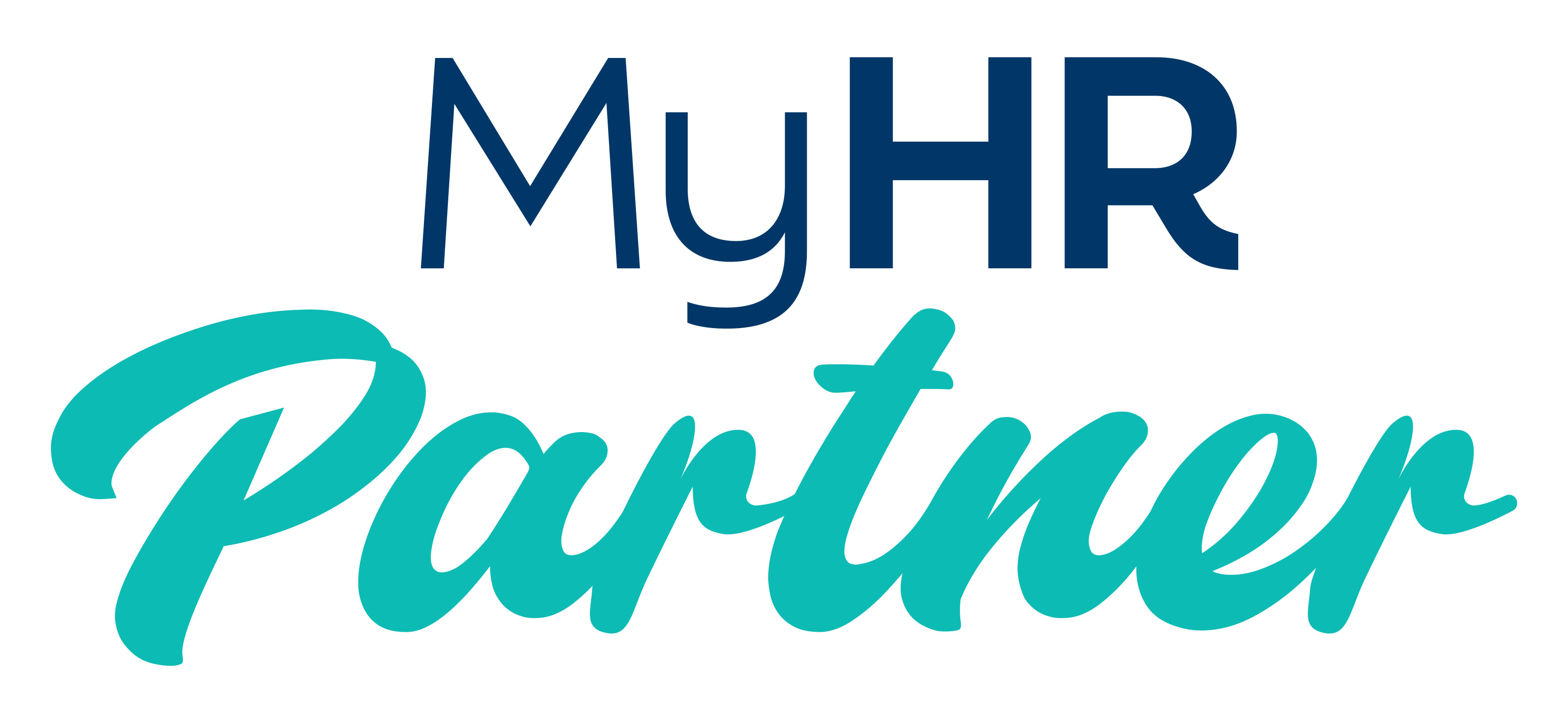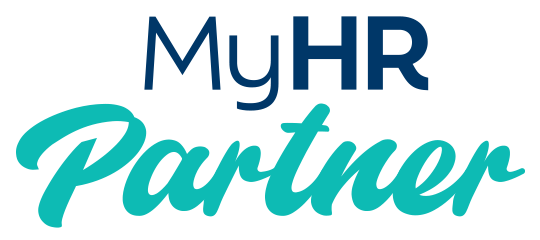
Get the HR support your business
needs, when you need it, without the
need to sign up to a subscription.
My HR Partner provides 15 minute & 30
minute HR Advice calls so you can get the advice and support you need.
Your own HR expert, ready to take your call
to walk you through situations that arise.
If you need HR support or advice, but you
don’t need on-going, on-demand HR support you can book in for a call & pay for HR advice when you need it.
HR Advice calls
Get HR support, exactly when you need it—no subscription required.
Or you can get advice by email if you prefer
Quick, Expert HR Support
In this 15-minute HR Advice Call, you’ll get direct access to expert guidance on your pressing HR questions. Whether you need help with compliance, employee management, or workplace policies, we’re here to provide clear and practical advice. It’s the perfect solution for when you need fast, reliable HR support to address immediate concerns and ensure your business stays on track.
15 minutes is usually enough time to get the answers you
need if your issue isn’t too complex.
Book in for a 15 minute HR advice call
$100
If you think your issue will take more than 15 minutes to discuss…..
In-Depth HR Advice call
Our 30-minute HR Advice Call gives you the time and expert support you need to dive deep into your HR challenges. Whether it’s handling complex employee issues, navigating compliance concerns, or refining your HR policies, this session provides tailored advice and actionable solutions. It’s ideal for businesses that need more detailed guidance to address ongoing HR matters or plan ahead for future needs.
Book in for a 30 minute HR advice call
$150
15 minutes is usually enough
time to get the answers you need
if your issue isn’t too complex.
Book in for a 15 minute
HR advice call
$100
If you think your issue will take more
than 15 minutes to discuss…..
Book in for a 30 minute
HR advice call
$150
Focus on running your
business & let us help you manage your people.

Get HR support, exactly when you need it—no subscription required.
We offer 15 & 30 minute HR advice calls, giving you access to the guidance & support you need, when you need it.
Prefer email? You can get HR advice that way too.
Your personal HR expert is ready to assist, walking you through any challenges as they arise.
If you need HR support or advice without the commitment of ongoing services, simply book a call and pay for HR expertise on demand, only when it suits you.
Our Latest Blog Post

Planning Employee Leave for the Year
Annual Leave Planning for the 2025 Christmas/New Year shutdown: A Guide for Australian Businesses
It’s just over 13 weeks until Christmas.
It's a good time to start planning for the Christmas/New Year period if you shutdown over that time. Determine the specific dates your business will be closed, and communicate this to your employees and clients.
Effective annual leave planning is important for a healthy and productive workplace.
As your trusted HR partner, we’ve put together a guide to help you manage annual leave proactively especially when planning for your Christmas/New Year shutdown.
Plan Ahead for the Christmas/New Year Shutdown:
If your business closes over the Christmas/ New Year period, you need to provide employees with the appropriate written notice as specified in their Award. You need to do this even if you have the information in an employment contract because you have to inform your employees of the dates each year.
It’s also wise to check if employees have enough leave to cover this period. If they don’t, you can explore options like agreeing in writing to take a period of unpaid leave or allowing them to take annual leave in advance. (Regularly checking leave balances when employees apply for leave throughout the year can be good too)
Just be sure to get a written agreement for any leave taken in advance (that puts an employee into a negative balance), outlining that they will repay the value if their employment ends before the leave is accrued. It's also important to understand that you can't force an employee to take unpaid leave, so making sure you come to a written agreement is important.
If you have an employee that is hired after the initial notice of the shutdown has been given to your team, you must give that employee notice as soon as reasonably possible (for example, it's a great idea to let them know as part of their induction, or even in the recruitment process).
Your employees are entitled to be paid for any public holidays during the shutdown period that fall on days they would normally work. This applies even if they have agreed to take a period of unpaid leave.
Why Strategic Leave Planning is Crucial for Your Business
A well-thought-out leave plan benefits both your business and your employees. Here’s why it’s essential:
Avoid Disruptions and Staffing Shortages: Last-minute leave requests can throw a spanner in the works. Planning ahead ensures you have adequate coverage, preventing disruptions to productivity and customer service.
Boost Employee Wellbeing: Regular breaks are vital for preventing burnout and keeping your team engaged and productive. Encouraging planned time off shows you value their wellbeing.
Ensure Compliance: As an employer in Australia, you have obligations under the National Employment Standards (NES) to provide annual leave. Proper planning helps you meet these requirements and ensures your payroll system accurately accrues leave entitlements.
Practical Strategies for Proactive Leave Management
Ready to take control of your leave planning? Here’s our best HR advice for 2025:
Create a Centralised Leave Calendar: A shared calendar, whether it’s a physical whiteboard or a digital tool, provides a clear overview of public holidays, peak periods, and approved leave. This helps employees choose dates that don't clash with critical business operations or when someone else is on leave.
Communicate Policies Early and Clearly: Your HR policy handbook should clearly outline leave policies, including notice periods, any restrictions during busy seasons, and the process for submitting leave requests. This transparency helps prevent misunderstandings and sets clear expectations.
Manage Peak Periods Effectively: Identify the busiest times of the year for your business and plan your staffing accordingly. For example, if you're in the retail sector, it’s best to avoid approving leave during peak holiday shopping seasons.
Be Fair and Consistent: Maintain a transparent and fair process for approving leave requests. Apply policies consistently to all employees to avoid any perception of favouritism. If your policy limits how many people can be on leave at one time, ensure it's applied fairly across the board.
Tools to Streamline Leave Management
You don’t have to manage leave manually. Here are some tools that can simplify the process:
HR and Rostering Software: Cloud-based HR and rostering systems are excellent for tracking and managing leave requests and entitlements automatically.
Spreadsheets: For smaller teams, a well-organised spreadsheet can be a simple and cost-effective way to track leave.
Whiteboard: A leave roster could be displayed in the office on a Whiteboard.
Automated Alerts: Many systems allow you to run regular reports and set up reminders for employees with high leave balances, encouraging them to book some time off.
A Quick Refresher on Annual Leave Entitlements in Australia
The National Employment Standards give details of what annual leave employees are entitled to:
Four weeks of paid annual leave per year for full-time employees.
Four weeks of paid annual leave (pro-rata) for part-time employees, based on their contracted hours.
Annual leave loading for employees covered by specific awards or enterprise agreements - your Award or Agreement will set out the entitlements.
It’s crucial to stay up-to-date with your Award conditions to ensure you remain compliant with all leave loading and Fair Work requirements.
Final Thoughts
Strategic leave planning is all about finding the right balance—ensuring your team gets the rest they need while keeping your business operating smoothly. By adopting these practices, you can create a win-win situation for both your employees and your bottom line.
If you’re struggling to manage leave or other HR challenges, My HR Partner is here to help. We specialise in simplifying people management for businesses across Australia, allowing you to focus on what you do best.
Need expert support with your HR? Contact us today to learn how we can tailor a solution for your business!
We provide HR advice and support. We have trusted partners to assist with any employment law issues
outside of our scope.
More info

Get HR Advice from our HR expert
Our Latest Blog Post

Planning Employee Leave for the Year
Annual Leave Planning for the 2025 Christmas/New Year shutdown: A Guide for Australian Businesses
It’s just over 13 weeks until Christmas.
It's a good time to start planning for the Christmas/New Year period if you shutdown over that time. Determine the specific dates your business will be closed, and communicate this to your employees and clients.
Effective annual leave planning is important for a healthy and productive workplace.
As your trusted HR partner, we’ve put together a guide to help you manage annual leave proactively especially when planning for your Christmas/New Year shutdown.
Plan Ahead for the Christmas/New Year Shutdown:
If your business closes over the Christmas/ New Year period, you need to provide employees with the appropriate written notice as specified in their Award. You need to do this even if you have the information in an employment contract because you have to inform your employees of the dates each year.
It’s also wise to check if employees have enough leave to cover this period. If they don’t, you can explore options like agreeing in writing to take a period of unpaid leave or allowing them to take annual leave in advance. (Regularly checking leave balances when employees apply for leave throughout the year can be good too)
Just be sure to get a written agreement for any leave taken in advance (that puts an employee into a negative balance), outlining that they will repay the value if their employment ends before the leave is accrued. It's also important to understand that you can't force an employee to take unpaid leave, so making sure you come to a written agreement is important.
If you have an employee that is hired after the initial notice of the shutdown has been given to your team, you must give that employee notice as soon as reasonably possible (for example, it's a great idea to let them know as part of their induction, or even in the recruitment process).
Your employees are entitled to be paid for any public holidays during the shutdown period that fall on days they would normally work. This applies even if they have agreed to take a period of unpaid leave.
Why Strategic Leave Planning is Crucial for Your Business
A well-thought-out leave plan benefits both your business and your employees. Here’s why it’s essential:
Avoid Disruptions and Staffing Shortages: Last-minute leave requests can throw a spanner in the works. Planning ahead ensures you have adequate coverage, preventing disruptions to productivity and customer service.
Boost Employee Wellbeing: Regular breaks are vital for preventing burnout and keeping your team engaged and productive. Encouraging planned time off shows you value their wellbeing.
Ensure Compliance: As an employer in Australia, you have obligations under the National Employment Standards (NES) to provide annual leave. Proper planning helps you meet these requirements and ensures your payroll system accurately accrues leave entitlements.
Practical Strategies for Proactive Leave Management
Ready to take control of your leave planning? Here’s our best HR advice for 2025:
Create a Centralised Leave Calendar: A shared calendar, whether it’s a physical whiteboard or a digital tool, provides a clear overview of public holidays, peak periods, and approved leave. This helps employees choose dates that don't clash with critical business operations or when someone else is on leave.
Communicate Policies Early and Clearly: Your HR policy handbook should clearly outline leave policies, including notice periods, any restrictions during busy seasons, and the process for submitting leave requests. This transparency helps prevent misunderstandings and sets clear expectations.
Manage Peak Periods Effectively: Identify the busiest times of the year for your business and plan your staffing accordingly. For example, if you're in the retail sector, it’s best to avoid approving leave during peak holiday shopping seasons.
Be Fair and Consistent: Maintain a transparent and fair process for approving leave requests. Apply policies consistently to all employees to avoid any perception of favouritism. If your policy limits how many people can be on leave at one time, ensure it's applied fairly across the board.
Tools to Streamline Leave Management
You don’t have to manage leave manually. Here are some tools that can simplify the process:
HR and Rostering Software: Cloud-based HR and rostering systems are excellent for tracking and managing leave requests and entitlements automatically.
Spreadsheets: For smaller teams, a well-organised spreadsheet can be a simple and cost-effective way to track leave.
Whiteboard: A leave roster could be displayed in the office on a Whiteboard.
Automated Alerts: Many systems allow you to run regular reports and set up reminders for employees with high leave balances, encouraging them to book some time off.
A Quick Refresher on Annual Leave Entitlements in Australia
The National Employment Standards give details of what annual leave employees are entitled to:
Four weeks of paid annual leave per year for full-time employees.
Four weeks of paid annual leave (pro-rata) for part-time employees, based on their contracted hours.
Annual leave loading for employees covered by specific awards or enterprise agreements - your Award or Agreement will set out the entitlements.
It’s crucial to stay up-to-date with your Award conditions to ensure you remain compliant with all leave loading and Fair Work requirements.
Final Thoughts
Strategic leave planning is all about finding the right balance—ensuring your team gets the rest they need while keeping your business operating smoothly. By adopting these practices, you can create a win-win situation for both your employees and your bottom line.
If you’re struggling to manage leave or other HR challenges, My HR Partner is here to help. We specialise in simplifying people management for businesses across Australia, allowing you to focus on what you do best.
Need expert support with your HR? Contact us today to learn how we can tailor a solution for your business!
We provide HR advice and support.
We have trusted partners to assist with
any employment law issues outside
of our scope.
More info
PO Box 1079
Coolangatta QLD 4225
ABN 30 644 527 015
Get HR Advice from our HR expert








